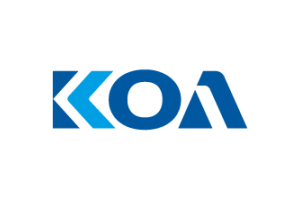Automotive industry
Software costs exploding
Electrification and networking mean that the automotive industry has to invest more and more in software. Expenditure could more than double by 2030. The way out: new design concepts in which the vehicle is built around a software platform from the outset.
With existing vehicle concepts, the annual cost of software in the automotive industry could rise from $26 billion in 2021 to $59 billion in 2030. New design concepts could save nearly US$16 billion annually from 2030. This is according to the latest publication from the Roland Berger study series »Computers on Wheels (4): The future of the automotive software industry: spend, trends and how to transform.«
»The automotive industry can only afford the software it will need in the future if it cuts costs elsewhere,« says Wolfgang Bernhart, Partner at Roland Berger. »The most important prerequisite for this is to move away from the current design approach, in which software and technical functions are integrated into an existing vehicle concept, in favor of a new, software-defined vehicle design. Tomorrow's car is a computer on wheels - this must be reflected in the very first steps of vehicle design.«
Concept conversion of existential importance for the industry
The authors of the Roland Berger study put the annual growth rate of software costs at 6 percent. This would more than double current spending by 2030. With the Software Defined Vehicle (SDV) concept, on the other hand, they will only increase by 70 percent to 43 billion US dollars.
Looking at the cost of each step in the development cycle, the SDV approach initially requires more complex software architectures to be built, resulting in higher development spending of around $7 billion. However, this increase is more than offset by significant cost reductions in more agile software production: $11 billion can be saved in testing, $8 billion in integration, and software maintenance costs fall by $3 billion. This also frees up resources for the development of new software content.
Software patents become a competitive factor
The SDV approach offers many advantages. However, the transition to this new design concept ideally requires industry-wide cooperation. OEMs and suppliers need to rethink their software value chain and business model. The industry would first need to agree on common standards for vehicle architectures and the use of open-source software. By offering proven software content as a product, companies can recycle software, achieve economies of scale and refinance investments.
»While remarketing intellectual property is already part of the core business for suppliers and specialized software providers, it is still largely uncharted territory for vehicle manufacturers,« Bernhart said. »To exploit the commercial potential of intellectual property trading, automotive companies would have to rely more on partnerships with suppliers and use emerging software marketplaces, among other things.«







